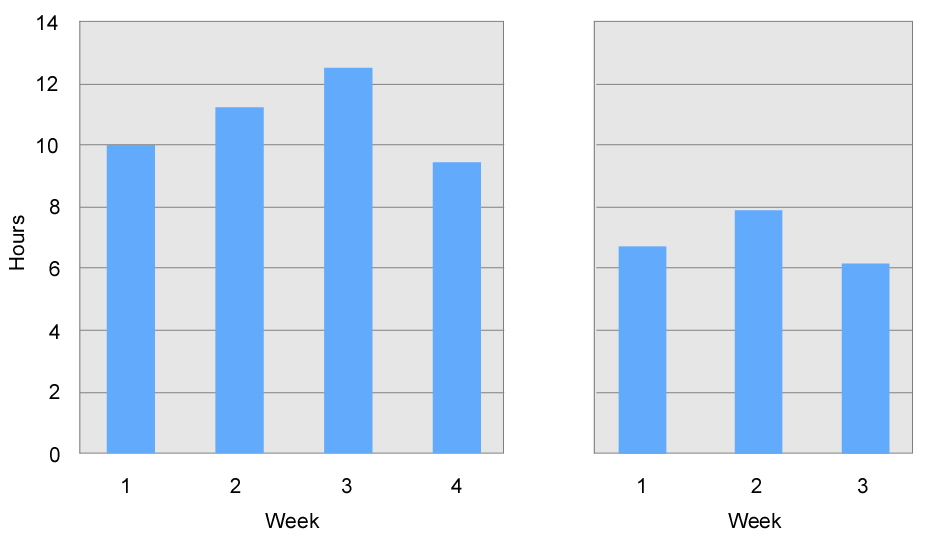Rob Sleamaker is a sports physiologist with a Masters of Science (MS) degree who developed his SERIOUS Training System back in the 1980’s. This is more holistic approach to training, where his overview targets, not just Physical Preparation, but also Technique, Nutrition, Equipment and Mental Skills to develop overall Optimal Performance.
The focus of this article is on Sleamaker’s physical preparation concepts in particular how he periodised his seasons.
This is the second article about Periodisation (English spelling with an ‘s’, American spelling is traditionally with a ‘z’) and the methodologies from coaches that guided my early philosophies around periodisation of training seasons and event build ups. Also have a read of last weeks article about Arthur Lydiard:
An entire competitive season is made up of five training stages:
- Base (training) – 16 weeks,
- Intensity (training) – 16 weeks,
- Peak – 4 to 6 weeks,
- Race – 8 to 12 weeks, and
- Recovery – 4 to 6 weeks.
The number of weeks can and will vary but the example weeks given there are typical for an athlete preparing for a a competitive season each calendar year.
Within each of these stages or phases of training Sleamaker would periodise the intensity and volume to fit the goals of each stage.
Base stage
The primary focus within this stage of training is to build an aerobic foundation and what Sleamaker refers to as a “plumbing system” which is a reference to the cardiovascular system, as well as lung capacity. With as an efficient aerobic engine built your body will be in a position to support high-intensity training and racing later in the season.
The bulk of the training conducted during this phase is predominantly over-distance training, with an appropriate amount of strength development. High-intensity training during this phase is limited. The key developments that will occur as a result of this training intensity are improving fat oxidation, improving the muscles blood capillary density and mitochondrion number and efficiency. These are all significant contributors to improving oxygen transport and energy use at the cellular level.
General muscle strength as well as sport specific strength are also emphasised during this phase of training. This is to increase the force per contraction of prime mover muscles.
Intensity stage
The overall aim of any training plan is to make the athlete faster, by maintaining higher-intensity effort for longer periods of time. This can not occur without the inclusion of intensity: intervals, speed and race/pace efforts.
During this stage of training the overall training stress increases by virtue of a higher training volume and also higher intensity. Elements are added gradually throughout the stage so the body can adapt appropriately.
Overdistance and endurance/easy intensity training still makes up the bulk of this stage of training to maintain the aerobic base established previously. Too much high-intensity training or racing at this point may lead to premature peaking or burnout.
Peak stage
Whether called Peak, tapering or sharpening this stage of training is to get you ready for “show time“. Physically ready, mentally ready, well rested.
This stage sees a decrease of training volume, but not a decrease in intensity. Sleamaker describes the intensity as very high in certain workouts “to refine technique and energy systems“; I prefer to describe the intensity in this phase as specific because “high” or “very-high” might not be appropriate think and Ironman or Ultra-distance athlete. Sleamaker is referring to intensity compared to race intensity being race-like, but High or very-high intensity can be misleading, implying it could or should be higher than race intensity.
Meanwhile, overdistance and endurance/easy intensity training are still present in this phase to maintain the aerobic base established previously.
There should also be an emphasis on restoration and recovery during the taper stage, so that the body is fully rested and energy stores are maximised prior to intense competition.
Racing stage
By the point of arrival at this stage your body should be highly tuned and in optimal racing condition. A large portion of this stage is still dedicated to overdistance and endurance/easy intensity to provide active recovery as well as maintain the aerobic base. With the rest of the phase constituted by intervals, speed and racing.
Restoration methods such as massage, relaxation, proper nutrition and hydration and consistent rest are equally important as any physical training completed.
Recovery stage
After a long build up and/or racing season any athlete will be a bit stale, weary and/or unmotivated. It is important to have a period of active recovery following any season. Reduced training load with low-intensity exercise and alternative sports common in this phase, there is certainly no need to have high intensity training included in this stage.
Periodisation from Week to Week
Progression from week to week needs to be a staircase progression that overloads the body for the first three weeks of any four-week cycle, followed by a decrease in training volume and intensity. This decrease allows the body to recover and then adapt to the training, leaving you fresh for the following three-week staircase progression. Although not discussed by Sleamaker a similar approach can occur with a three-week cycle of training.

Sleamaker’s SERIOUS System for endurance training is an acronym for:
- Speed workouts,
- Endurance or easy distance training
- Race/pace sessions to test your fitness level
- Intervals of high-intensity workouts on flat terrain
- Overdistance sessions of prolonged, low-level activity
- Uphill intervals to improve mental toughness
- Strength workouts for overall and sport-specific conditioning
These various sessions and intensities are important to any overall development for an endurance athlete. The timing and amount of their inclusion in any training plan varies dependant on the goals of the programme.
My coach in the early 90’s, Pete Moysey was heavily influenced by Rob Sleamaker and gave me his original edition of SERIOUS Training for Endurance Athletes to read, I’ve since gone on to study a range of Exercise Physiology related topics and Sleamaker’s principles from his SERIOUS training are employed within training plans and coaching programmes I deliver still to this day.
SERIOUS Training for Endurance Athletes provides the tools to create training programs and workouts that will pay off in competition. Endurance athletes, coaches, and multisport fitness buffs will learn how to design, schedule, execute, and monitor training programs for top results.
Rob Sleamaker joins with Ray Browning, seven-time Ironman Triathlon winner, to produce a much improved version of the highly popular earlier edition.
You’ll learn to:
– set up and manage your personalized training schedule;
– use the S-E-R-I-O-U-S system of training–Speed, Endurance, Race-pace, Intervals, Overdistance, Up-hill Intervals, Strength;
– add variety to your workouts;
– develop a winning nutritional program;
– prepare mentally for races; and
– stay motivated to train and win.
The authors share their expertise in a fun and informative way, drawing from their own experiences as champions. Plus, the book features the latest training advice for running, cycling, mountain biking, swimming, rowing, cross-country skiing, cross training, duathlons, and triathlons.
SERIOUS Training for Endurance Athletes is your guide to high-level fitness and performance.
